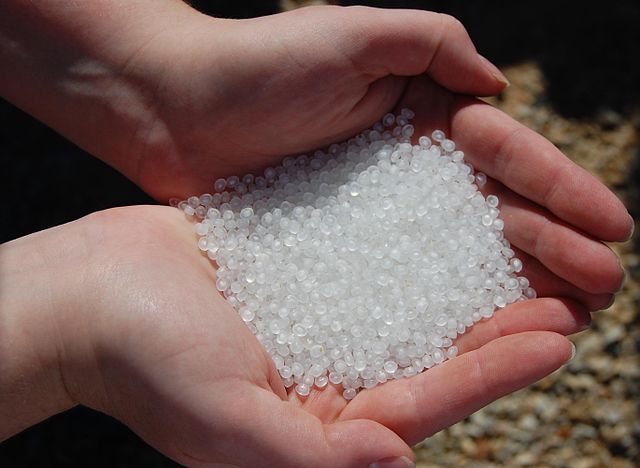Scientists present a catalytic solution that could be the answer to global plastic pollution
12/03/2020 / By Michael Alexander

Instead of filling up landfills, single-use plastics can be used to create other products. This is according to a group of researchers who have developed a new method for upcycling these low-level plastics into motor oils, lubricants, detergents and even cosmetics.
According to the researchers, aside from improving current recycling methods that result in cheap, low-quality plastic products, the new method also fulfills two other important functions: removing plastic pollution from the environment and contributing to a more stable and circular economy.
“Our team is delighted to have discovered this new technology that will help us get ahead of the mounting issue of plastic waste accumulation,” Kenneth R. Poeppelmeier, a researcher from Northwestern University, said, adding that their team’s findings can contribute to the development of a more sustainable and environmentally friendly future.
Poeppelmeier, a professor of chemistry at Northwestern’s Weinberg College of Arts and Sciences, led the study alongside Aaron D. Sadow, a scientist in the Division of Chemical and Biological Sciences at Ames Laboratory and Massimiliano Delferro, group leader of Argonne National Laboratory’s catalysis program.
According to Sadow, while there are many ways in which individuals can reduce their use of plastic products, there are specific instances wherein the use of plastics is unavoidable. This, Sadow said, led their team to investigate methods that could help find value in plastic waste.
Breaking down “indestructible” plastics to recycle them
As detailed in an article published in the journal ACS Central Science, the method developed by the research team breaks down the strong, high-energy bonds that make polyethylene — the plastic most commonly used to make products like shopping bags and other types of packaging — virtually indestructible. (Related: Researchers find plastic-eating microbe that can solve our ocean’s plastic problem.)
“We sought to recoup the high energy that holds those bonds together by catalytically converting the polyethylene molecules into value-added commercial products,” Delferro said in a statement.
The researchers used nanoscale metal catalysts made of platinum nanoparticles deposited onto perovskite nanocubes to “chop up” the plastic polymer. This turned it into liquid oil that could then be used as a base for other industrial products.
The catalyst effectively cleaves the carbon-carbon bond in plastics when put under moderate pressure and temperature, producing high-quality liquid hydrocarbons in the process. The resulting liquids can be used in the creation of motor oil, industrial lubricants and waxes; or undergo further processing to form a chemical base for both detergents and cosmetics.
Poeppelmeier noted that the production of the said products is what differentiates their process from other recycling methods, most of which simply melt and reprocess plastics into lower-value materials.
The newly developed catalytic method also produced far less waste while recycling the plastic. This is in stark contrast to other recycling methods that melt the material, releasing harmful greenhouse gases and other toxic byproducts to the environment in the process.
“It’s important to understand that these materials – all this plastic packaging – have a value. We certainly shouldn’t be throwing it into the environment, but we shouldn’t be throwing it away or burning it either,” Poeppelmeier explained.
But as promising as it seems, the researchers state that this recycling method is still in its early stages. That said, they are excited at the prospect of expanding the study.
“This, for me, is really exciting. Scientists worked for almost 70 years making new plastics…and you spend a year to do the opposite,” Delferro said.
Learn more about the dangers of plastic waste, as well as ways on how to reduce your plastic footprint at Pollution.news.
Sources include:
Submit a correction >>
Tagged Under:
breakthrough, catalytic process, chemistry, discoveries, environment, innovation, metal catalysts, nanoparticles, nanotechnology, research
This article may contain statements that reflect the opinion of the author
RECENT NEWS & ARTICLES
Microplastics.News is a fact-based public education website published by Microplastics News Features, LLC.
All content copyright © 2018 by Microplastics News Features, LLC.
Contact Us with Tips or Corrections
All trademarks, registered trademarks and servicemarks mentioned on this site are the property of their respective owners.





















